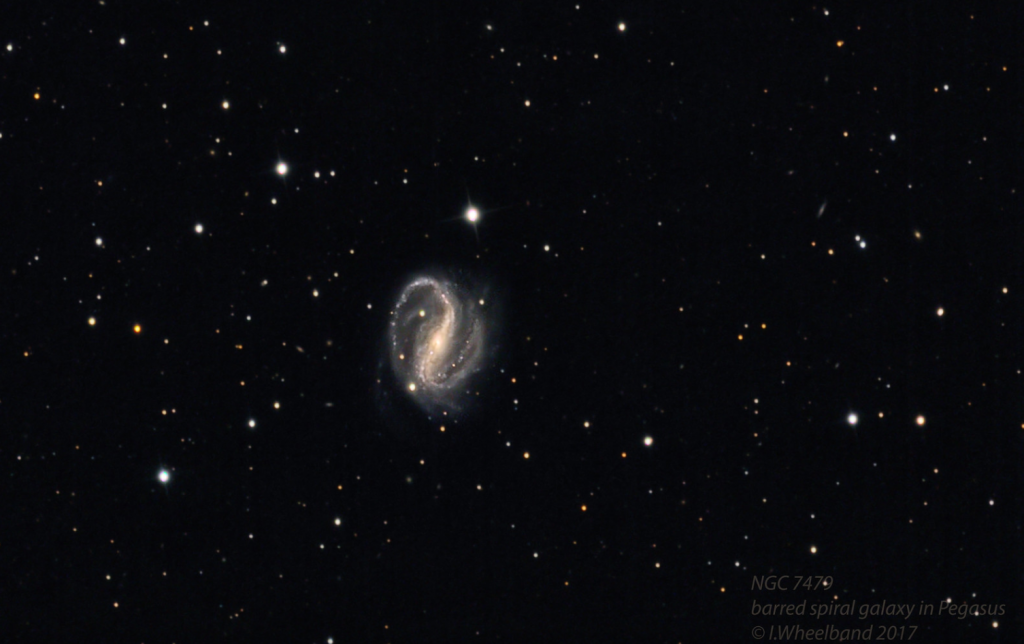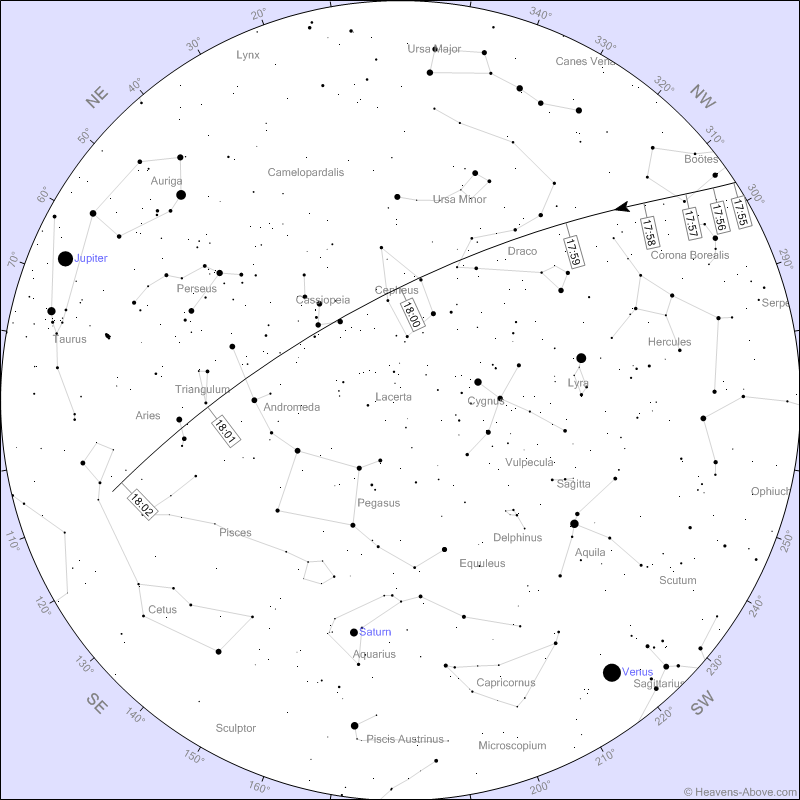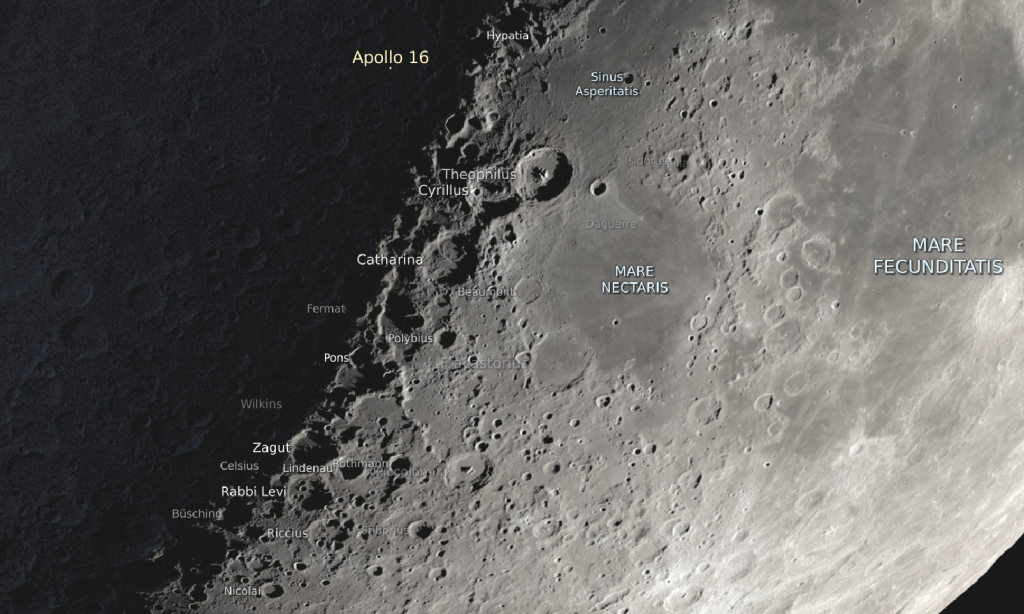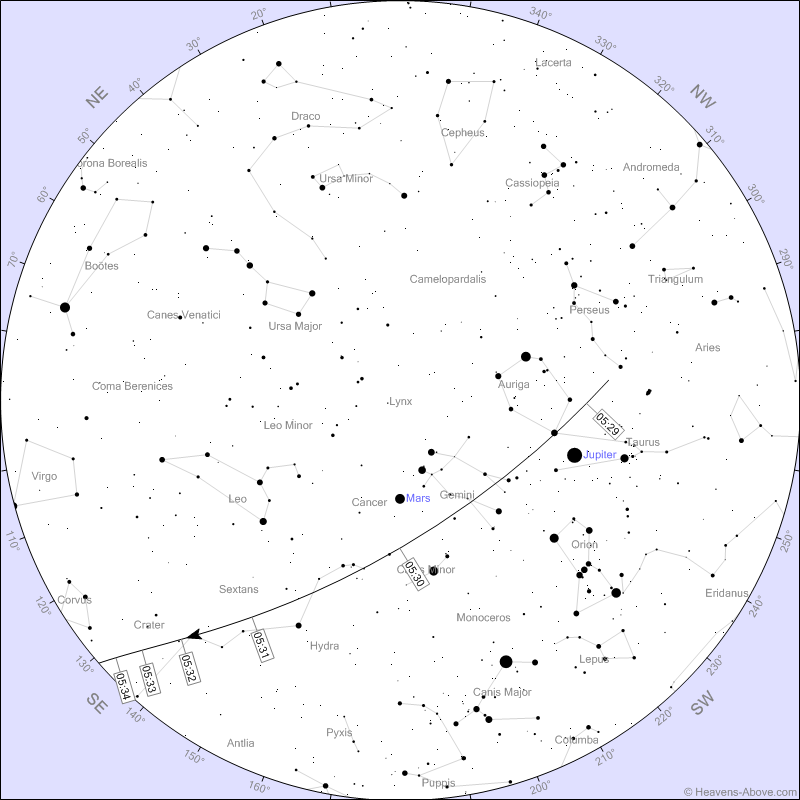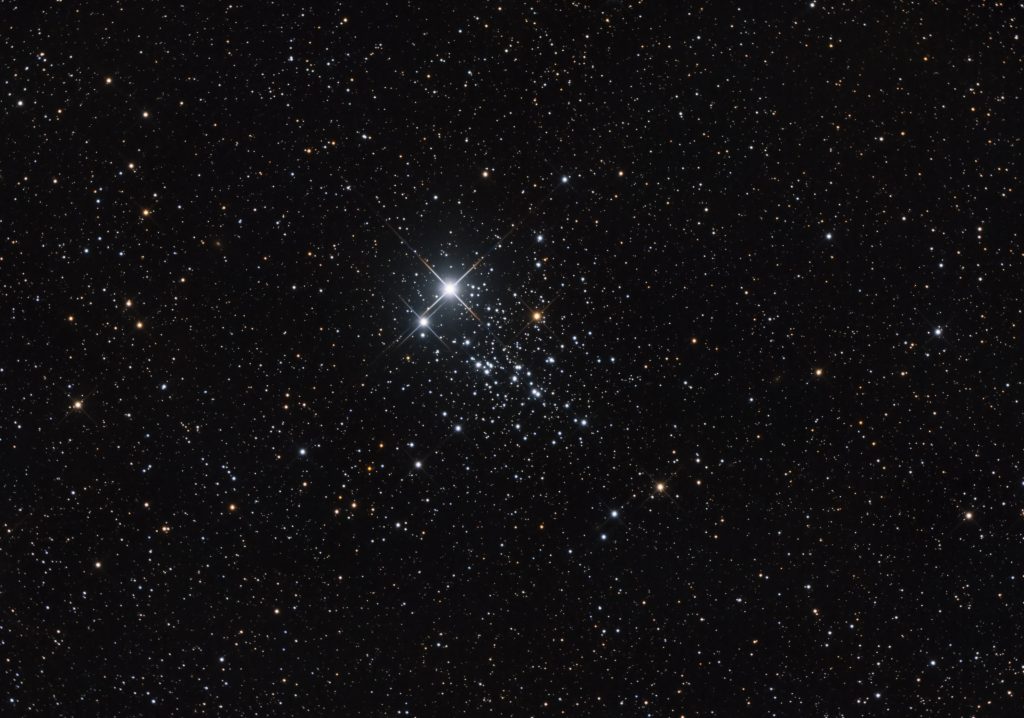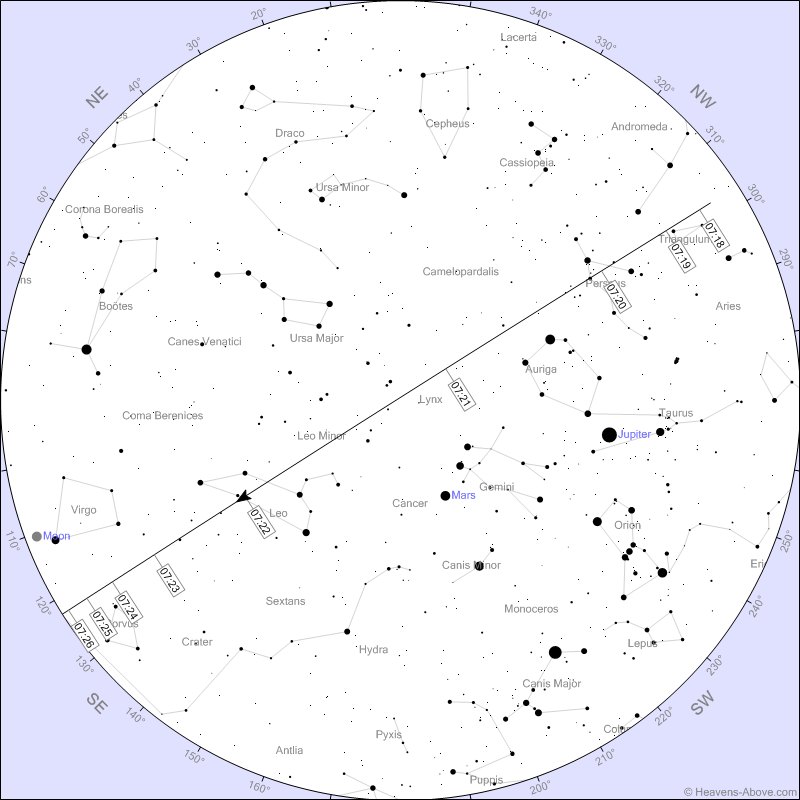Bright Planets Bracket Evening, Medusa Winks, the Morning Moon Covers Spica, and a Peek at Pegasus!
NGC 7479 aka the Superman Galaxy and the Propeller Galaxy is located below (south of) the bright star Markab in Pegasus. One of my favourite galaxies, it is considered peculiar due to its asymmetrical arms. It spans about 1/15th the diameter of a full moon and is visible in larger telescopes on dark nights. This…
Read more
